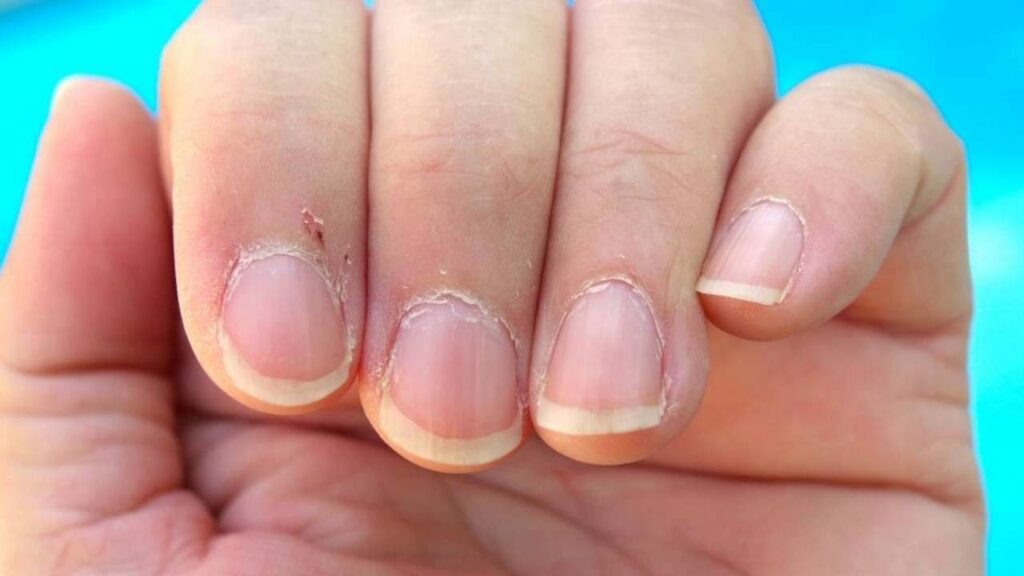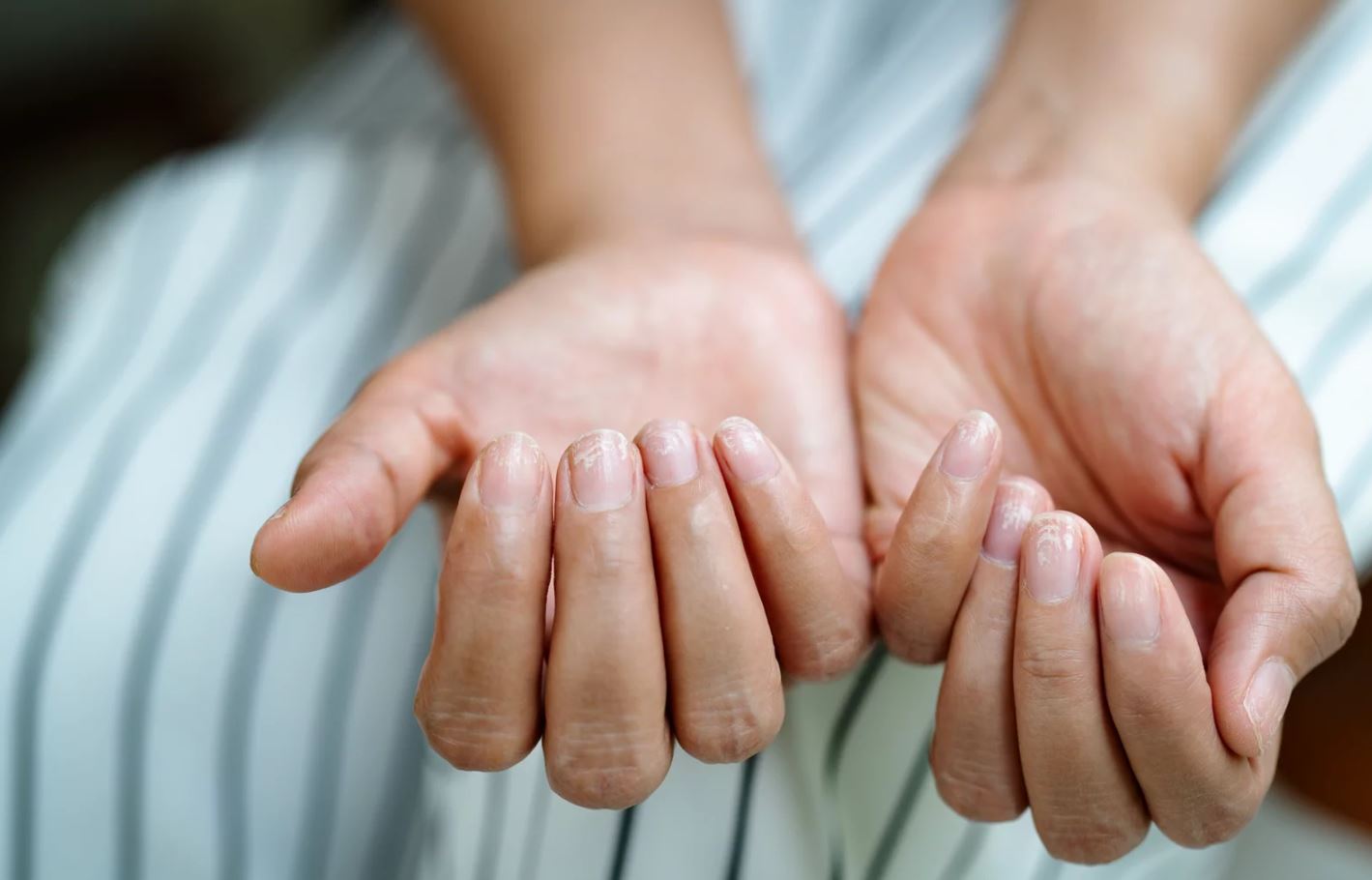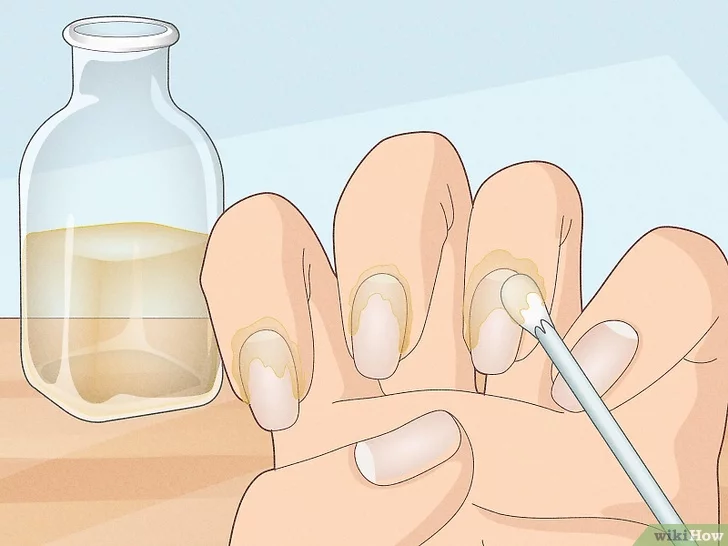Introduction
Our hands, often considered a reflection of our overall health, bear witness to our daily activities. Among the elements that contribute to their well-being, cuticles play a crucial role. These tiny strips of skin at the base of our nails protect against infections and provide a seal of moisture. In this article, we’ll delve into the common issue of cuticles peeling, exploring causes, symptoms, and effective solutions.
Causes of Cuticles Peeling
Lack of Moisture
One primary reason for cuticle peeling is inadequate moisture. Just as our skin needs hydration, so do our cuticles. Dry environments and frequent handwashing can strip away natural oils, leaving the cuticles vulnerable.
Harsh Chemicals
Exposure to harsh chemicals, whether in cleaning products or nail treatments, can wreak havoc on our cuticles. It’s essential to be mindful of the products we use and opt for gentler alternatives.
Nail Biting and Improper Care
Bad habits, such as nail biting or aggressive cuticle trimming, can contribute to peeling. Improper care techniques weaken the protective barrier, making the cuticles more susceptible to damage.
Signs and Symptoms of cuticle splitting
Visual Indicators of cuticle splitting
Peeling, flaking, and redness are visual cues of distressed cuticles. Observing these signs promptly allows for early intervention to prevent further damage. cuticles peeling
Sensations and Discomfort of Cuticles Peeling
In addition to visual indicators, individuals may experience discomfort, including itching or tenderness around the nail bed. Recognizing these sensations aids in identifying cuticle issues.
Home Remedies for Peeling Cuticles
Moisturizing Techniques
Regularly applying a quality moisturizer to both hands and nails can significantly improve cuticle health. Ingredients like shea butter and vitamin E are particularly effective.
Protective Measures for Cuticles Peeling
Wearing gloves during household chores or activities that involve exposure to water and chemicals acts as a protective shield for the cuticles. cuticles peeling
Nutrient-Rich Diet
A well-balanced diet rich in vitamins and minerals, especially biotin, supports overall nail health. Incorporating foods like eggs, nuts, and leafy greens can benefit cuticles.
Professional Solutions of Cuticles Peeling
Dermatologist Advice
For persistent issues, seeking advice from a dermatologist is crucial. Dermatologists can identify underlying problems and recommend specialized treatments. cuticles peeling
Salon Treatments for Cuticles Peeling
Professional manicures and pedicures, when performed with care, can contribute to cuticle health. However, it’s essential to choose reputable salons to avoid further damage.
Prevention Tips of Cuticles Peeling
Daily Care Routine
Establishing a daily care routine, including moisturizing and gentle nail care, can prevent cuticle issues from arising.
Choosing Nail Products Wisely
Being selective about nail products and opting for those labeled as “cuticle-friendly” minimizes the risk of irritation and damage. cuticles peeling
The Connection Between Diet and Cuticle Health
Impact of Nutrition
Our diet plays a significant role in the health of our nails and cuticles. Adequate intake of vitamins, minerals, and hydration promotes strength and resilience.
Foods for Stronger Cuticles
Incorporating foods like salmon, avocados, and sweet potatoes into our diet provides essential nutrients for cuticle strength and health. cuticles peeling
Lifestyle Changes for Healthy Cuticles
Stress Management
Stress can manifest in various ways, including nail and cuticle issues. Practicing stress management techniques, such as meditation or yoga, contributes to overall well-being.
Adequate Sleep
Quality sleep is essential for the body’s healing processes, including the restoration of skin and cuticle health.
DIY Cuticle Care Routine
Step-by-Step Guide
A simple DIY routine involving gentle exfoliation, moisturizing, and cuticle oil application can be highly effective in maintaining healthy cuticles. cuticles peeling
Recommended Products
Choosing quality products, including cuticle creams and oils, enhances the effectiveness of a DIY cuticle care routine.
Common Mistakes to Avoid Cuticles Peeling
Overusing Nail Products
Excessive use of nail polish removers and other products can strip away natural oils, leading to cuticle problems. cuticles peeling
Ignoring Signs of Damage
Neglecting early signs of cuticle distress can exacerbate the issue. Regularly inspecting and caring for cuticles prevents further damage.
Understanding the Healing Process
Time Frame
The healing process for cuticles varies, but consistent care and attention usually yield positive results over time. cuticles peeling
Monitoring Progress
Tracking improvements and adjusting care routines based on individual needs is crucial for effective cuticle healing.
When to Seek Professional Help
Persistent Issues
If cuticle problems persist despite home care efforts, seeking professional advice is essential to address underlying issues. cuticles peeling
Infections and Complications
Signs of infection, such as redness, swelling, or pus, warrant immediate attention from a healthcare professional.
- Nail Polish and Cuticle Health:
- Explore the impact of frequent nail polish application on cuticle health.
- Provide tips for choosing nail polishes that are less damaging to the cuticles.
- Discuss the importance of using a base coat and proper nail polish removal techniques.
- Age and Cuticle Changes:
- Investigate how cuticle health may change with age.
- Provide advice on adapting cuticle care routines for different life stages.
- Discuss common cuticle issues faced by different age groups.
- Environmental Factors and Cuticle Care:
- Delve into how environmental factors like climate and pollution affect cuticle health.
- Offer specific tips for individuals living in dry or harsh climates.
- Discuss the role of sunscreen for protecting cuticles from UV damage.
- Cuticle Art and Decoration:
- Explore the world of cuticle art and decoration.
- Discuss how to incorporate nail art without causing harm to the cuticles.
- Provide recommendations for safe and creative ways to adorn the cuticles.
- Medical Conditions and Cuticle Health:
- Examine how certain medical conditions may impact the health of cuticles.
- Offer guidance for individuals with conditions like eczema or psoriasis.
- Emphasize the importance of consulting healthcare professionals for specific concerns.

Conclusion
In the pursuit of healthy, resilient hands, paying attention to our cuticles is paramount. By understanding the causes of peeling cuticles and adopting proactive care measures, we can maintain not only aesthetically pleasing nails but also promote overall hand health. cuticles peeling





Pingback: 15 Anti-Aging Tips You Need to Start Following Today